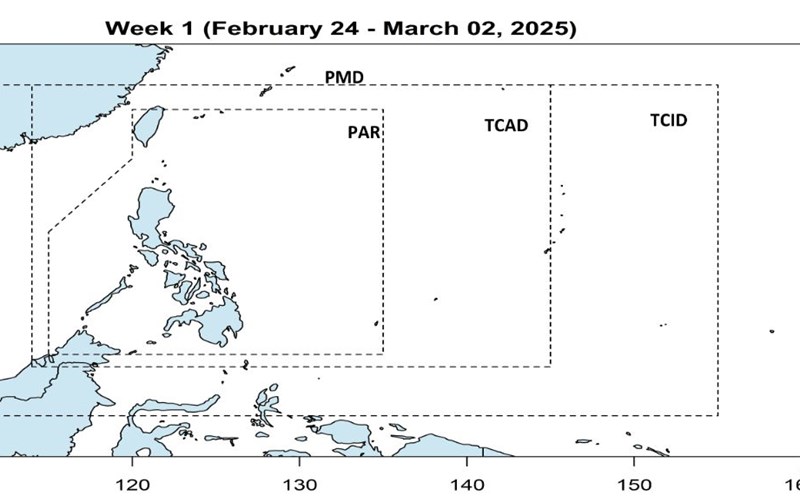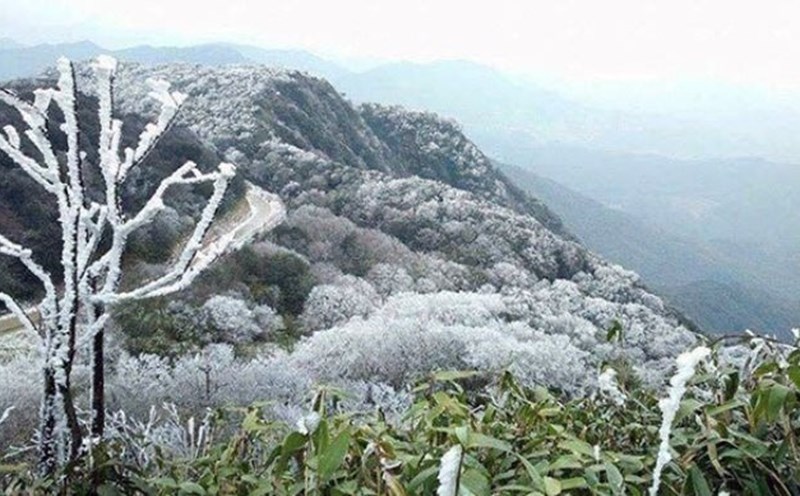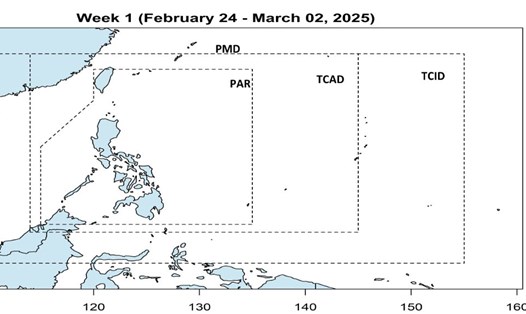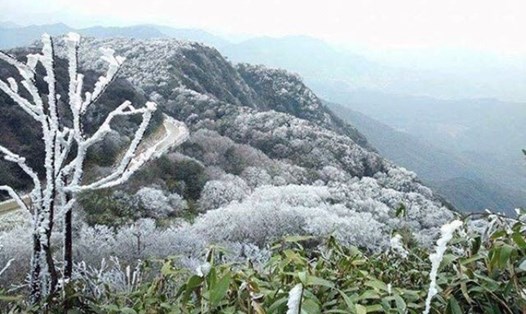US sinks into record cold
The US is experiencing one of the coldest winters in decades, with January 2025 recognized as the coldest month since 1988. This is in complete contrast to the general situation of the world, when January was the warmest month in the history of global climate.
This difference is largely due to the unusual combination of extreme cosmetic turbines and high-pressure air systems. A strong high pressure area has formed over Alaska and northwestern Canada, acting as a "shield" that prevents cold air from leaking north but is instead concentrated into the United States.
This is a phenomenon that often occurs during La Nina winters, but this year it has occurred with special frequency and intensity.
Moreover, the tropical cyclone - the strong wind zone around the Arctic - also has significant changes. Instead of maintaining a stable shape like a circle, it is constantly pulled and distorted, pushing the cold air flow deeper to the south.
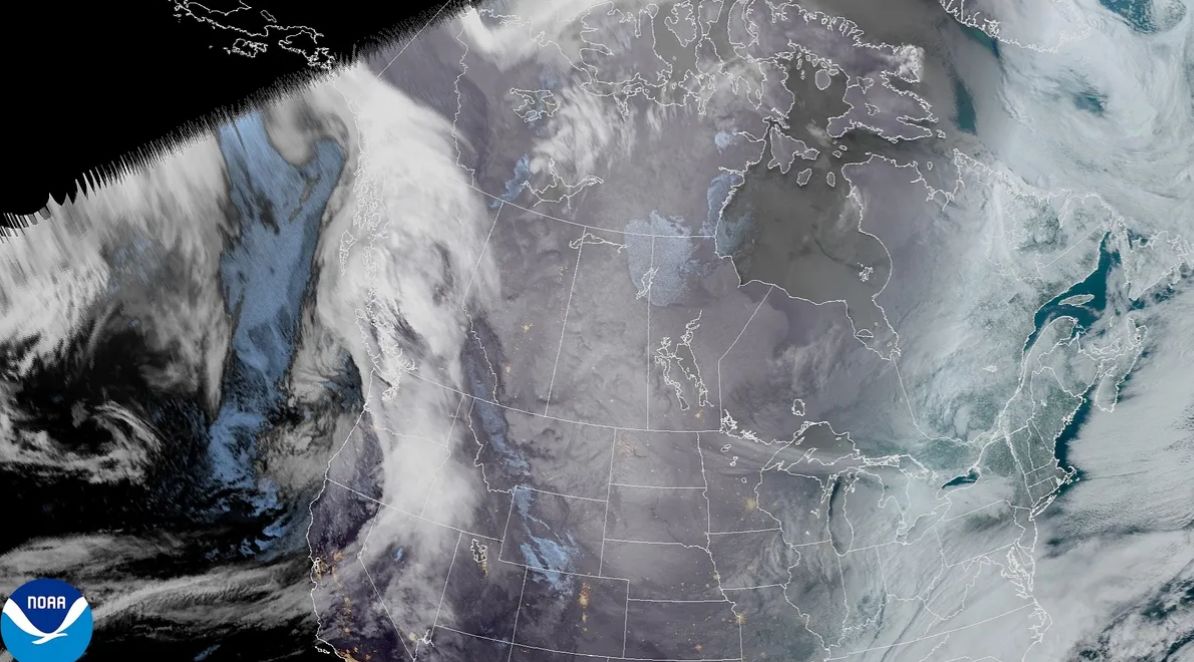
The phenomenon has occurred at least 10 times this winter, with 4 in December, 4 in January and 2 in February.
As a result, many areas in the US are in severe cold. Dallas is seeing below zero degrees Celsius, while New Orleans, which rarely has snow, saw up to 20cm of snow in January. The chaos of this extreme cyclone is considered by experts to be one of the factors causing sudden but more severe cold spells in the future.
South Korea also welcomes unusually long cold winter
Not only the US, South Korea also experienced a harsh winter with unusually long cold spells. According to the Korea Meteorological Administration (KMA), many areas have recorded severe cold spells lasting from 6 to 8 days, much longer than the normal 3-day - 4-day cold cycle.

In Seoul, from January 7-12, temperatures have dropped to -10 degrees Celsius, much lower than the average of -2 degrees Celsius in previous years.
Another severe cold spell will last from February 2 with winds as low as -19 degrees Celsius.
The main cause of this prolonged cold is believed to be atmospheric blocking - when a high-pressure and low-pressure air system does not move along a normal trajectory but is "stuck", keeping cold air in an area for a long time.
This phenomenon is forecast to continue until the end of February, before atmospheric pressure changes, returning temperatures to normal in March.
Northern Vietnam is also experiencing a strong cold air mass. The North is very cold, some mountainous areas are very cold; the North Central region is cold, some places in the North are very cold.
Hanoi area on February 25 has rain, showers and thunderstorms in some places. Severe cold. The lowest temperature in this cold air mass is generally 11-13 degrees.
What's happening to winter?
Scientists are still debating the impact of climate change on these extreme cold air waves. Some studies show that the warming of the Arctic is weakening thejet stream, making cold air more likely to flow to the southern regions. However, more research is needed to determine this connection.
In any case, the climate is changing: although less common, each time it appears, cold air waves will be more extreme and disruptive.


